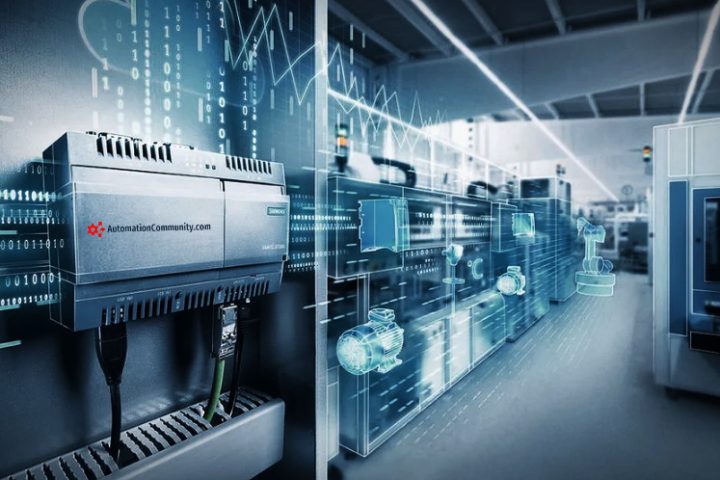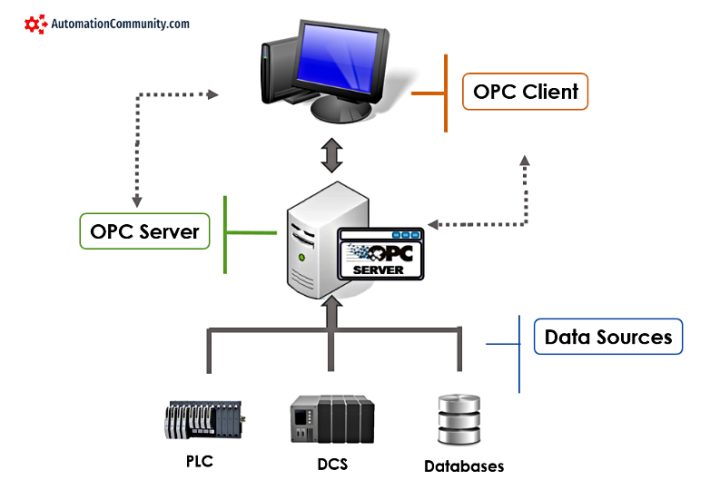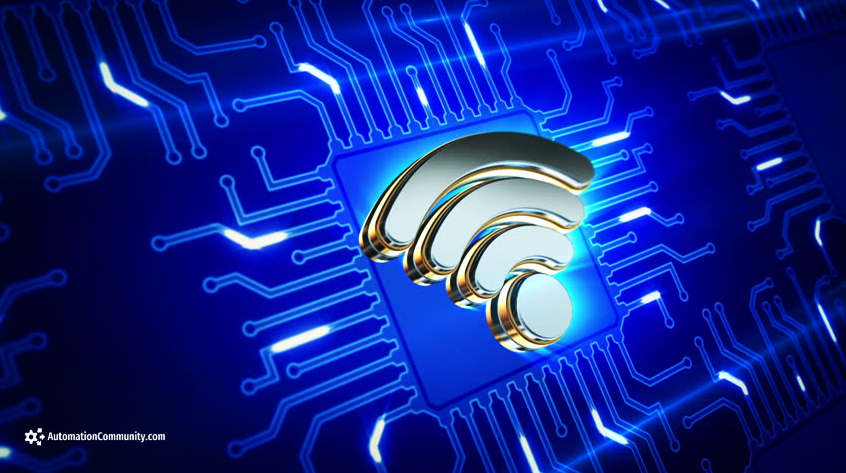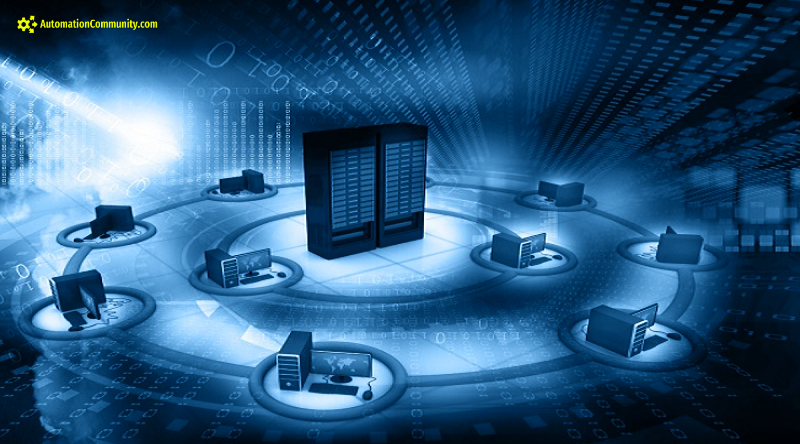Remote Terminal Unit (RTU) – History, Advantages, Applications
In this article, you will learn the introduction to remote terminal unit (RTU), advantages of RTU, and the popular manufacturers of RTU systems.
Remote Terminal Unit
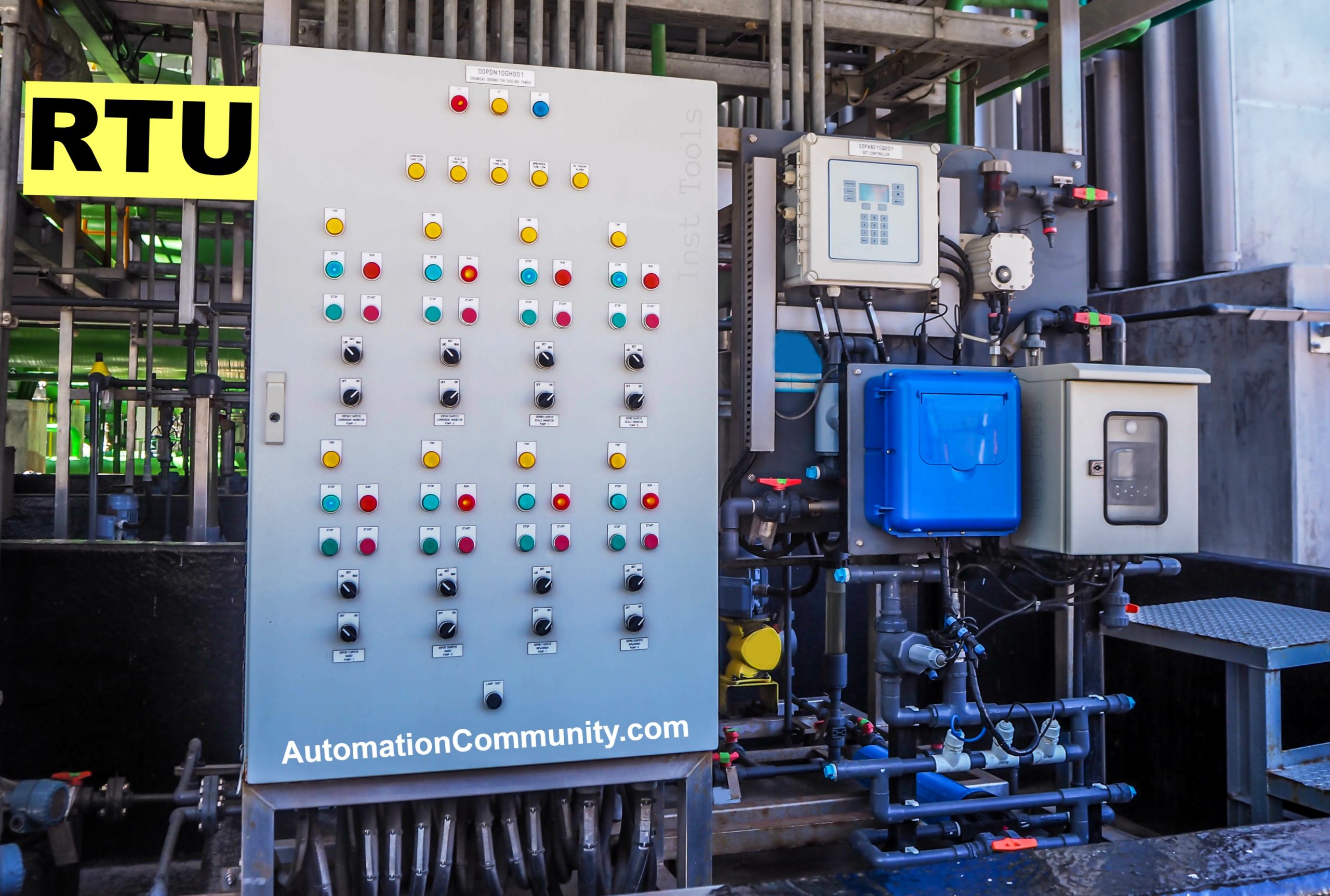
The “Remote Terminal Unit” is used in remote locations to transfer data over long distances using wireless or wired communication protocols.
The Remote Terminal Unit (RTU) also serves as the interface between the remote equipment or machinery and the central control system or SCADA system, collecting data from sensors and control devices and transmitting it back to the central system for monitoring and control.
Additionally, RTU can also perform control functions by sending commands or setpoints to the remote equipment based on the data received from the central system.
RTUs are similar to PLCs in that they both connect to field devices such as sensors, motors, actuators, and other instruments, and have a software setup that needs to be run to configure the I/O’s and control the data flow. Some RTUs also have similar PLC programming languages like ladder logic, structured text, etc., and also other computer languages like C++, Visual Basic, etc.
RTUs are primarily used in remote locations where human presence is minimal, such as oil rigs or pipelines, where the central control room is located miles away from the remote equipment. The rugged and tough design of RTU, as well as their ability to work in extreme temperatures and harsh environments, make them well-suited for such applications.
Advantages of RTU
One of the main advantages of RTU is their low power consumption and ability to work in harsh environments, which makes them well-suited for remote locations where power supply is limited. They also work on event-triggered cycles, where they only transmit data when a request is received from the client, which further reduces power consumption.
Additionally, RTU have automatic data and history storage facilities, which can store data from I/O devices in a historical time and date stamp format, making it possible to transmit any requested data to the client even when communication is weak. They are also highly customizable, with the ability to add communication modules, I/O modules, extra data storage, batteries, and backup power.
History of Remote Terminal Units
The history of Remote Terminal Units (RTU) can be traced back to the early days of industrial automation, when companies began using electronic devices to control and monitor industrial processes.
The first RTU were used to connect programmable logic controllers (PLCs) and other automation devices to a central control system, allowing for remote monitoring and control of equipment and systems.
The first RTU were developed in the 1960s, as a way to remotely monitor and control industrial processes, such as those used in the oil and gas industry. These early RTU were relatively simple devices, typically consisting of a microprocessor and a small amount of memory, that were used to collect and transmit data to a central control system.
Purpose of RTU Systems
As technology advanced, RTU became more sophisticated and were used in a wider range of applications. The use of microprocessors and other electronic components allowed RTU to become more powerful and capable, and they began to be used in a variety of industrial and commercial applications, such as power generation, water and gas distribution, and building automation.
The purpose of RTU is to provide a way to remotely monitor and control equipment and systems, allowing for more efficient and cost-effective management of these systems.
RTU can be used to collect and transmit data, such as process status, sensor readings, and control signals, to a central control system or a remote monitoring station. This allows for real-time monitoring and control of equipment and systems, which can help to improve their efficiency, reduce downtime, and increase overall productivity.
Manufacturers of RTU
There are several well-known and reputable manufacturers of RTUs on the market, including ABB, Schneider Electric, GE Grid Solutions, Honeywell, Siemens Energy, and Yokogawa.
These manufacturers have a wide range of RTU products that are used in various industries and applications, such as power transmission and distribution, water and wastewater management, oil and gas production, and telecommunications.
These brands are known for their reliability, durability, and their ability to operate in harsh environments, and have a proven track record of providing efficient and effective solutions for remote monitoring and control applications.
Applications of RTU
Some of the applications of remote terminal units are mentioned below.
- Smart grid systems: RTU is used to monitor and control the distribution of electricity on the power grid, allowing utilities to manage the flow of electricity to homes and businesses in real-time.
- Oil and gas production: RTU are used to monitor and control production processes in the oil and gas industry, such as wellhead control, pipeline monitoring, and tank level measurement.
- Water and wastewater treatment: RTU is used to monitor and control the treatment processes in water and wastewater treatment plants, including pH levels, flow rates, and chemical dosing.
- Agriculture and irrigation systems: RTU is used to monitor and control irrigation systems in agriculture, including water levels, weather conditions, and soil moisture.
- Renewable energy systems: RTU is used to monitor and control renewable energy systems such as solar panels, wind turbines, and hydroelectric power plants.
- Telemetry systems: RTU is used in telemetry systems, which allows for remote monitoring and control of equipment and systems in remote locations, such as offshore oil rigs, and remote weather stations.
- Smart city systems: RTU is used to monitor and control various systems that make up a smart city infrastructure, such as traffic management, parking, and public lighting.
Read Next:





